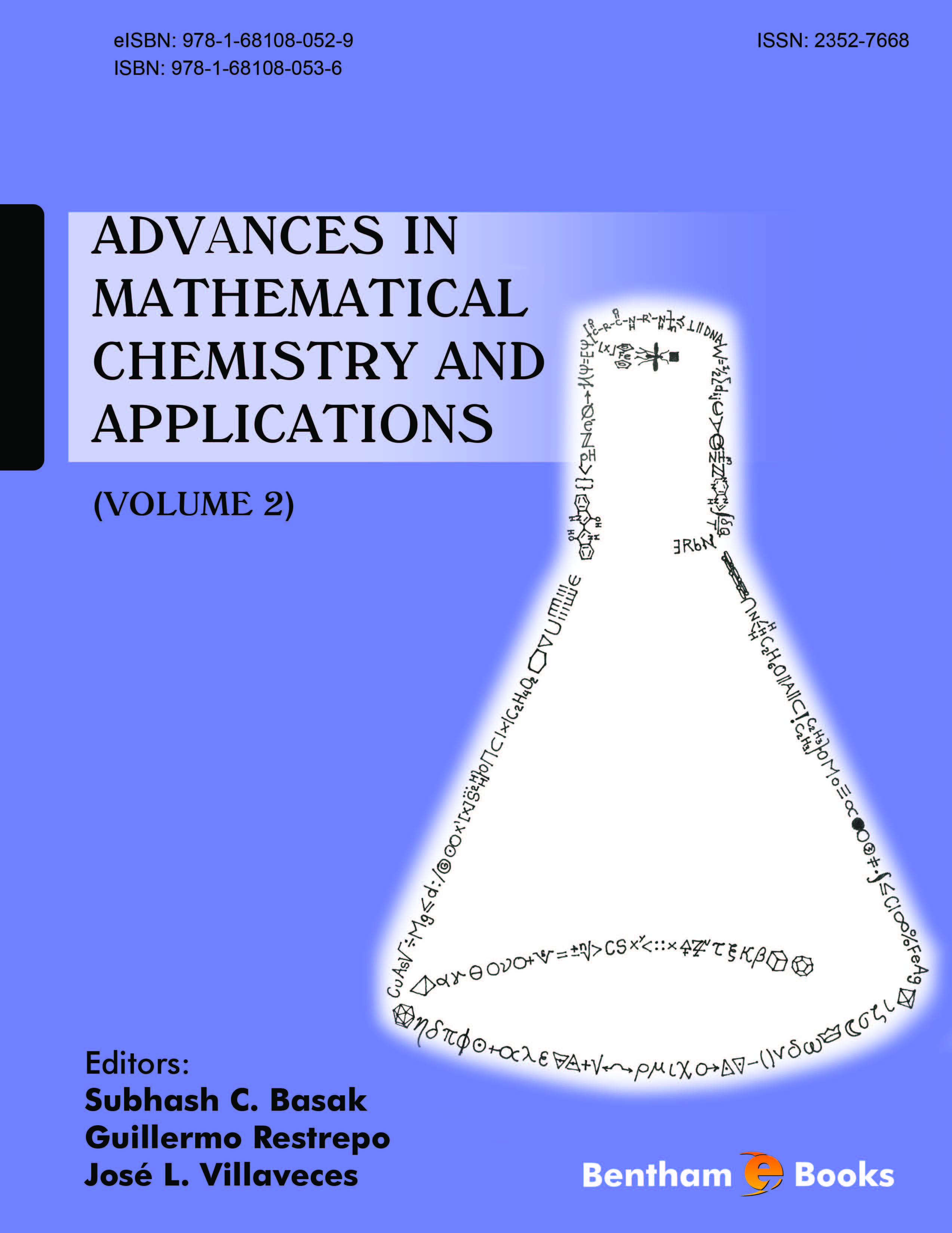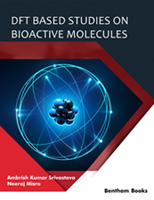Introduction
Advances in Mathematical Chemistry and Applications highlights the emerging discipline of mathematical chemistry, or, more precisely, discrete mathematical chemistry.
Each volume is written by internationally renowned experts in their respective fields and comprises of the wise integration of mathematical and chemical concepts which provide essential mathematical chemistry knowledge and cover numerous applications in the field of drug discovery, bioinformatics, chemoinformatics, computational biology and ecological health.
The contents of the second volume include chapters on mathematical structural descriptors of molecules and biomolecules, topological representation of molecular structure, drug design, protein folding models, molecular docking, periodicity and many more.
This eBook is a valuable resource for MSc and PhD students, academic personnel and researchers seeking updated and critically important information on the fundamental concepts of mathematical chemistry and their applications.





